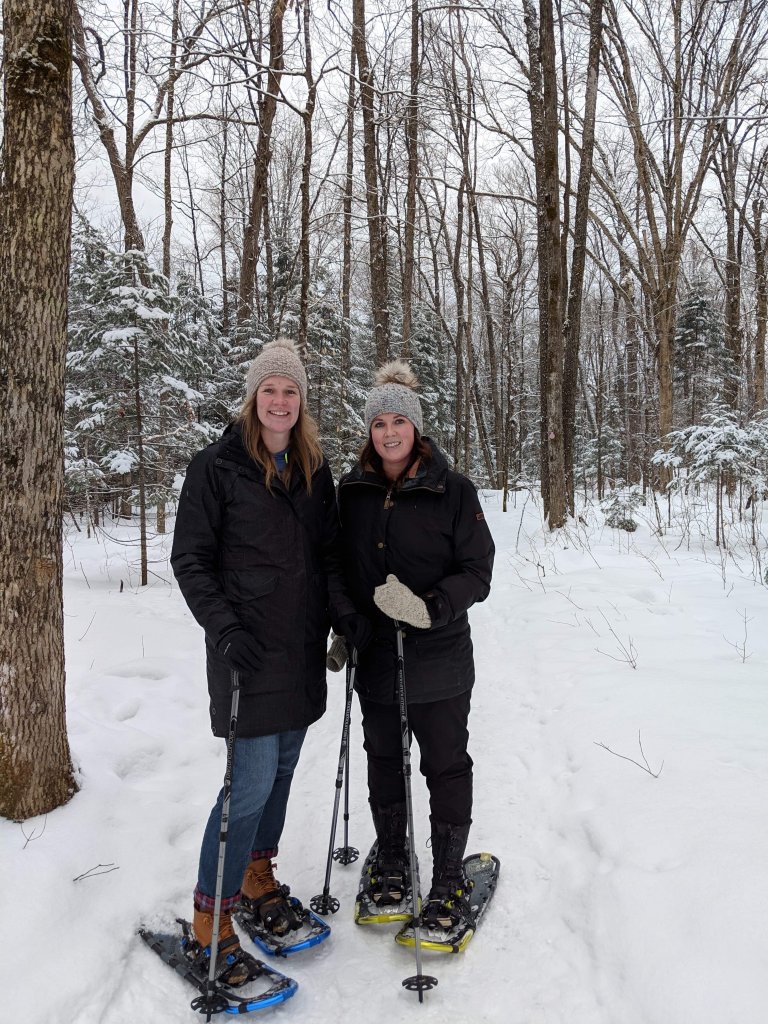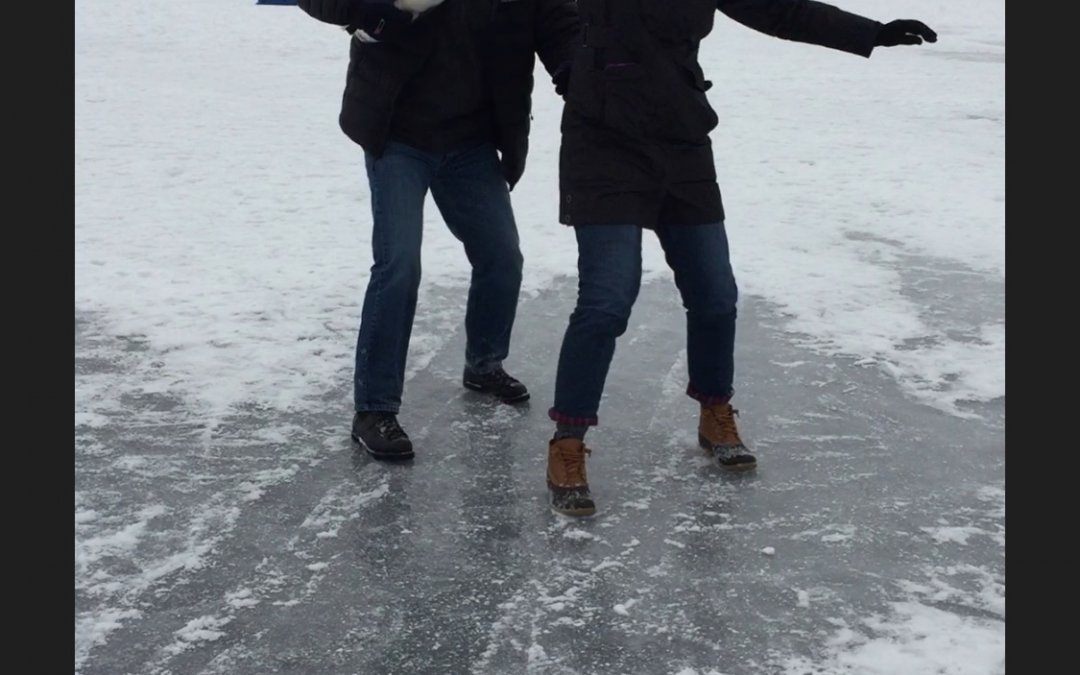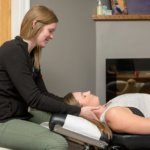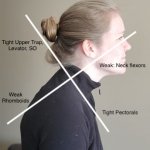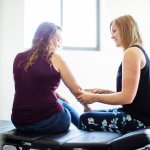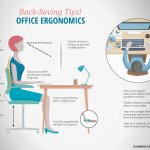Let’s Break the Ice (On RICE protocol)
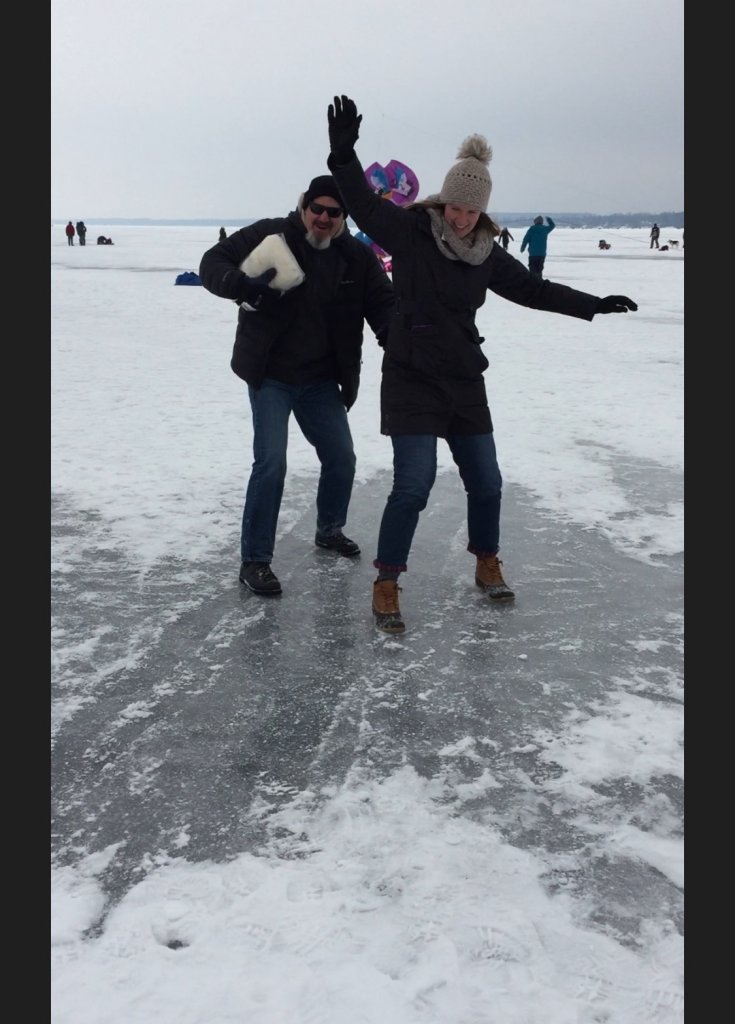
It’s February in Canada and it’s cold (freezing) outside. You step off where you think your front step should be, but since it is covered in snow, you end up missing the step and rolling your ankle. Past experience and habit tells you to ice that ankle, which is the last thing you want when it’s -20 outside, but more current research may suggest otherwise!
The RICE protocol (rest, ice, compression, elevation) was first introduced in 1978 by Dr. Gabe Mirkin as a treatment for soft tissue injuries. The thought was that this protocol helped to reduce swelling and decrease recovery time. However, it now appears that ice and complete rest may actually delay healing.
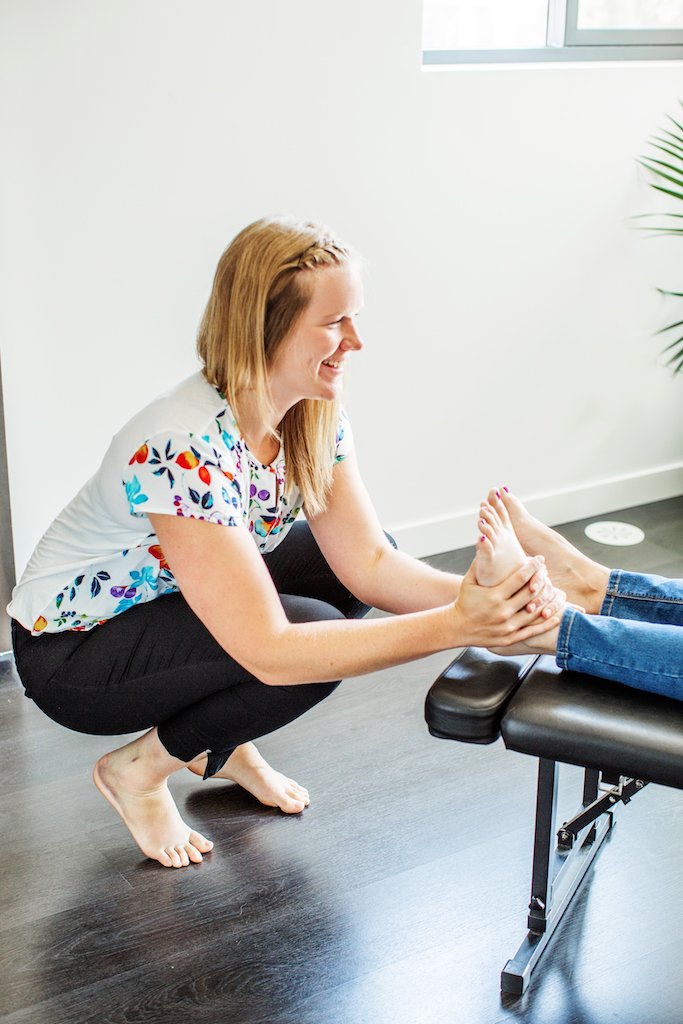
When tissues are damaged through trauma (rolling an ankle, exercising intensely, etc), your body heals itself through inflammation. Your immune system sends inflammatory (healing) cells to the damaged tissue which start to produce the protein insulin-like growth factor 1, which is required for issue repair. Applying ice to the damaged tissue actually decreases blood flow to the area, which prevents these healing cells from reaching the injured site. Not only could ice prevent these injured tissues from healing, but it could also damage the healthy surrounding issue by limiting blood flow, thus causing more damage on top of the original injury.
Ice could also cause an opposite desired effect in swelling. When ice is applied over lymphatic tissue, those vessels become more permeable, and more fluid enters the interstitial space. This means that the swelling at the injured site will actually increase, not decrease.
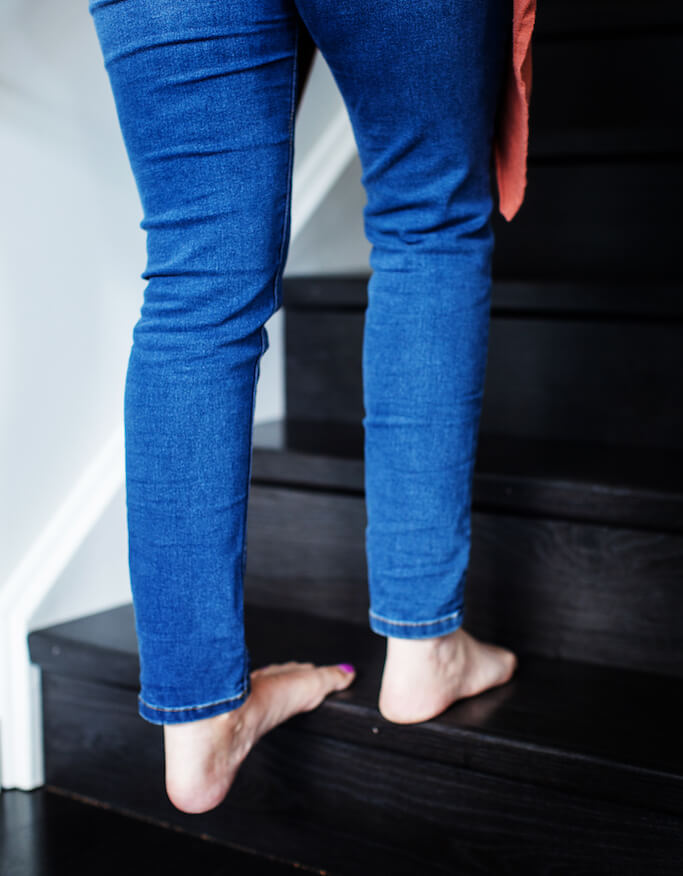
So what is the alternative? Movement. The only way to reduce swelling is by the lymphatic system. Since this is a passive system, they rely completely on muscle activation to move lymphatic fluid. My suggestion for an acute injury is pain-free active range of motion. That rolled ankle can be elevated, but instead of icing, try writing the alphabet with your toes as long as it is pain free. Start back into your physical activities as soon as you are able to without pain. Movement is what’s getting your body to recover faster – so leave those ice cubes for your drink!
